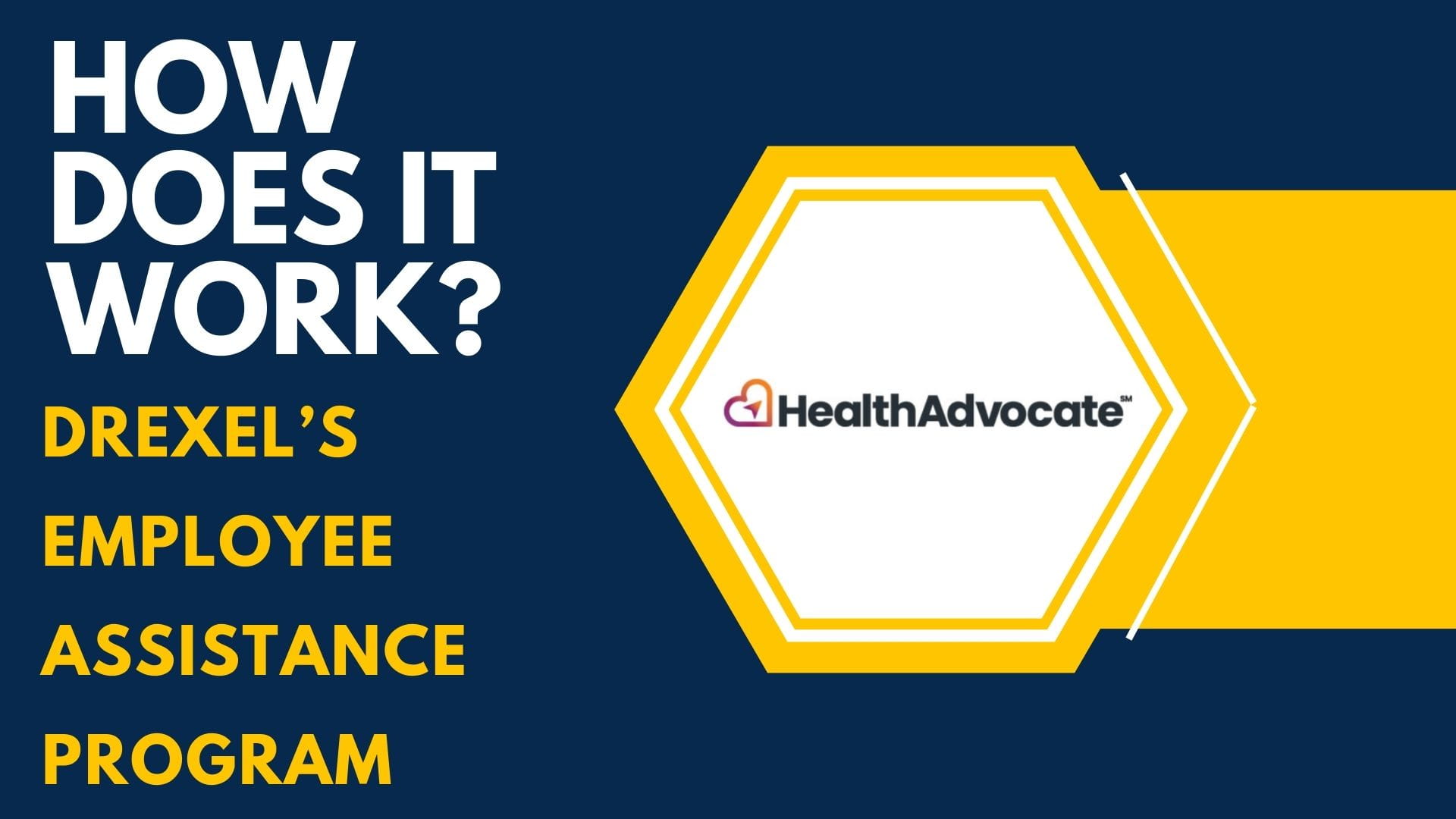How Drexel is Updating its Academic Experience

For the past couple of years, Drexel University has made a number of changes to its recruitment and enrollment strategies with the goal of bringing incoming classes of “right fit” students who are able to stay and succeed at Drexel. Much has been written about the efforts, which were first outlined by DrexelNow in 2015 and have been updated through the past admission cycles, most recently with 2017 DrexelNow stories about the University’s record-breaking freshman deposits and its largest freshman class ever that started on campus this past fall.
But until now, less has been said about the shift and improvement of Drexel’s various retention strategies. Drexel has spent as much effort externally working with high schools, guidance counselors and prospective students and their families as it has working internally with various faculty and professional staff across the University. For Drexel, the goal wasn’t just to attract the best kinds of students to succeed at the University, but to then be able to sustain them and support them throughout their time on campus.
So far, Drexel’s retention numbers have vastly improved. Approximately 89.4 percent of the fall 2016 freshman class returned to Drexel for their sophomore year last fall — well above the national average retention rate of 75 percent. This increase, which has only improved since the admissions strategy was updated, is getting closer and closer to achieving the University’s goal of achieving a 90 percent one-year retention rate.
“Our goal is to recruit and enroll alumni, not freshmen,” said Senior Vice President of Enrollment Management and Student Success (EMSS) Randy Deike, PhD. “We want to enroll students who know us well and are prepared to succeed at Drexel, and then support them to be successful and graduate. One of our very highest priorities as a community must be to support student success.”
To do that, Drexel has added or updated some of its policies and practices that affect incoming students. Some of these changes have to do with academics — and that will be explained below — but others reflect the change in culture surrounding a student’s first year on campus. For example, before 2016, freshmen typically spent a few days on campus in the summer before the start of the academic year for orientation. That was replaced by Welcome Week, Drexel’s new student orientation experience in which Dragons move in to their new residence halls a week before classes start to spend some time getting oriented with Drexel and the city of Philadelphia. According to Deike, this community-building associated with starting the year off on a great foundation has become a really important and valuable experience for new students.
Below, DrexelNow outlined what has been done with academics and the academic support staff at Drexel — and how it’s ultimately affecting you as a student, faculty or professional staff member.
Remodeling University 101
For a number of years, some of the first classes taken by first-year students during their first term would include University 101, which introduces freshmen to aspects of University life, and Civic 101, a civic engagement course requiring each student to complete up to 10 hours of service with one community organization.
In the past, these courses were offered and managed by individual colleges, meaning that each class varied by major. More effort was made in recent years to centralize these offerings and ensure that the same learning outcomes were being achieved across the board, and that students were given the best possible tools and resources to engage with their new community at Drexel as well as in Philadelphia.
Implementing A New Early Warning System
In the past, students would drop out or transfer out of the University because they weren’t able to stay afloat of the rigorous coursework and fast-paced terms. In most cases, advisors wouldn’t be made aware of low grades until midterms. Since fall 2016, Drexel has made it easier for students to be made aware of both their academic performance and the resources available for them to improve their grades earlier on in the term.
Many first year courses have been coordinated to utilize the “weighted gradebook” functionality of Blackboard Learn (BB Learn), which makes it easier for students and advisors to monitor course performance throughout the term. In the past, faculty had to keep up with submitting grades to BB Learn throughout the term before sending final grades through Banner, but now they can submit final grades through BB Learn, meaning that those grade books are kept in one place that students can check at any time online. That same information, along with course attendance and assignment completion information, is also made available to academic advisors, who can at any given time know to reach out to struggling students to offer support.
Introducing the First-Ever Freshman Career Counselor
Last year, the Steinbright Career Development Center hired its first freshman career counselor, Emily Parry, specifically to help new students. The counselor is available to help freshmen looking to change their major — nationally, an estimated 75 percent of students change their major at least once during their college career, though the number is smaller at Drexel — as well as offer advice, resources and professional development for a student’s career, courses or engagement on campus.
Providing More Favorable Outcomes for Retaking Classes or Academic Probations
If a student receives a grade of C- or lower, he or she has the opportunity to repeat the class. In the past, if a class was repeated, both grades were averaged into the student’s GPA. However, starting in the 2016-17 academic year, the policy was changed so that the lower grade is removed from the student’s GPA once the higher grade is added, although both grades remain on the transcript. The student can petition for this grade repeat policy up to four separate occurrences.
“We want to give students a chance to improve their GPA and not permanently suffer from a single grade,” said Tim Kurzweg, PhD, vice provost for undergraduate education. “Especially for a freshman, a single grade can really hurt the student’s GPA and academic standing. What we want to do is give the student a second chance to learn the material and then work with the student to figure out how we can help him or her be more successful in the future.”
In the past, the student requirements caused by academic probation varied by college. In 2015, a more uniform process was introduced so that rules and requirements became consistent and University-wide. A freshman finishing fall term on academic probation was then required to meet with his or her advisor by the end of week one in winter term or else there would be a hold on his or her account.
In 2014, only 20 percent of students who finished the fall term on academic probation were back in good standing by the end of winter term. In 2015, when Drexel enacted the change in academic probation, that number jumped up to a 34 percent recovery rate. And in 2016, when Drexel implemented its new grade repeat policy, 56 percent of students were in good standing by winter term. By spring term, the total number of freshman in academic difficulty (for probation and dismissal) went from 11.7 percent in 2015 to 4.9 percent in 2016.
“A student’s likelihood of retention is tied to their GPA,” said Steve Schaffling, director of university advising in the Office of EMSS. “If we have more students with higher grades by the end of their spring quarter, then we’re more likely to have a higher retention rate.”
One-Click Sign-Ups for Students to Meet with Administrators
Since fall term of 2017, a student can open Drexel One and instantly see the name and contact information for their academic advisor, co-op counselor, career counselor and liaison librarian. Freshman in the LeBow College of Business and all students in the Antoinette Westphal College of Media Arts & Design would also see their faculty mentor’s name and information displayed. And international students and scholars would see their support staff information shown there as well.
Plus, students can simply click on many of those names to be able to schedule an appointment with those advisors and counselors, rather than showing up at the respective office or calling to schedule an appointment. The students can pick a time and day to meet and choose from a list of reasons for their visit (like adding or dropping a minor, for example). When the student schedules an appointment, both the student and the counselor receive a confirmation email and the counselor has the event added to their calendar (in addition to the student’s academic information and reason for meeting). The student can even sign up to receive reminders through text the day and/or hour before the appointment.
In the fall of 2015, before this was implemented, 4,000 students had completed appointments with their academic advisors. A year later, after the new one-click sign-up, that number increased to 5,000 students.
Easier Ways to Plan and Register for Classes
Drexel One updated its software over the summer to simplify the ways in which students can plan their schedules and register for classes. Piloted this summer and implemented this fall, the registration portal has an entirely new interface — and Schaffling, who was on the team making these changes, said that the student feedback has been overwhelmingly positive.
The new registration interface lets students search for classes right then and there (in the past, students would have to look up the class information on Drexel’s Term Master Schedule and copy/paste that into the registration forms). Plus, the students can both plan and save their class schedules so that when it comes time to register, that information is saved and they can submit it in one click. Then, they’ll instantly find out whether or not the class is full, whether it overlaps with other classes in their schedule and if they have the right qualifications to take the course. And they can also plan out their schedules for upcoming terms — not just the next one.
During the pilot test, 4,000 students used the new scheduling feature during the first weekend it was offered, Schaffling said. So far, this change has had a positive impact on the registration experience, affecting more than 14,000 undergraduate students at Drexel registering for as many as five classes per term two or three times a year.
In This Article
Drexel News is produced by
University Marketing and Communications.

